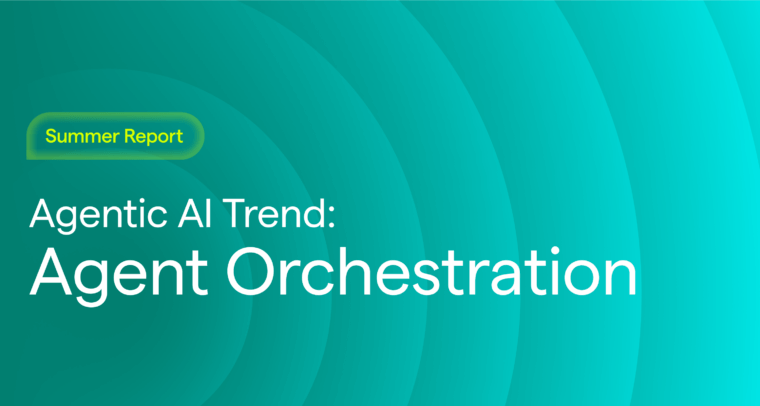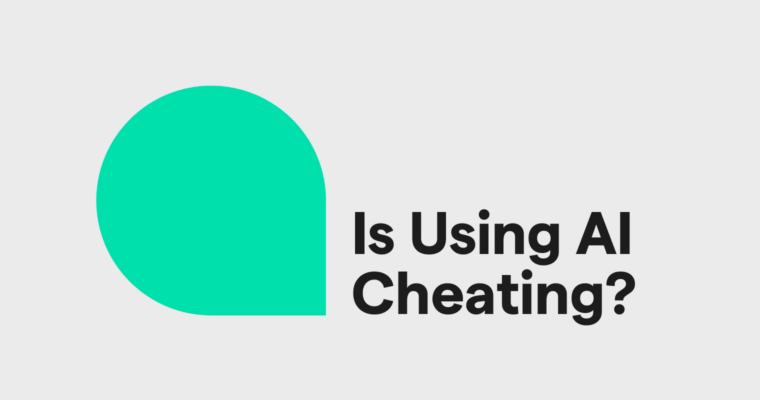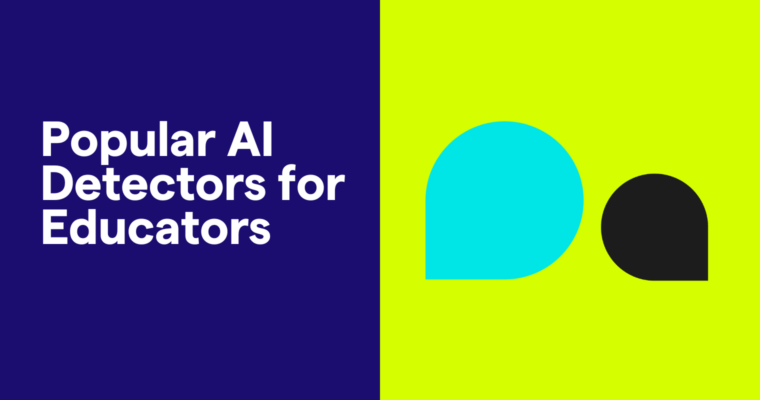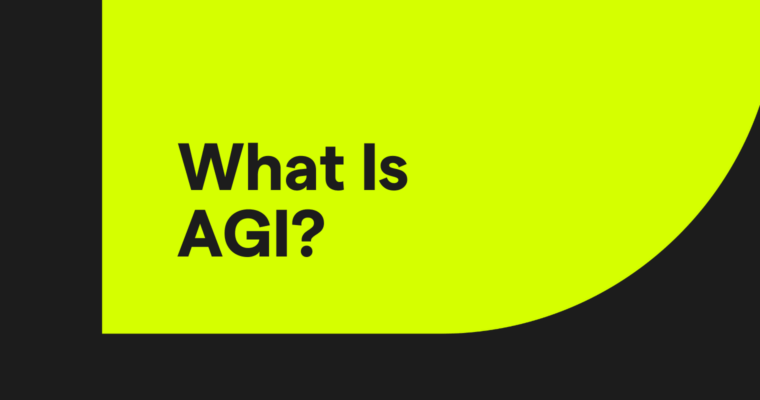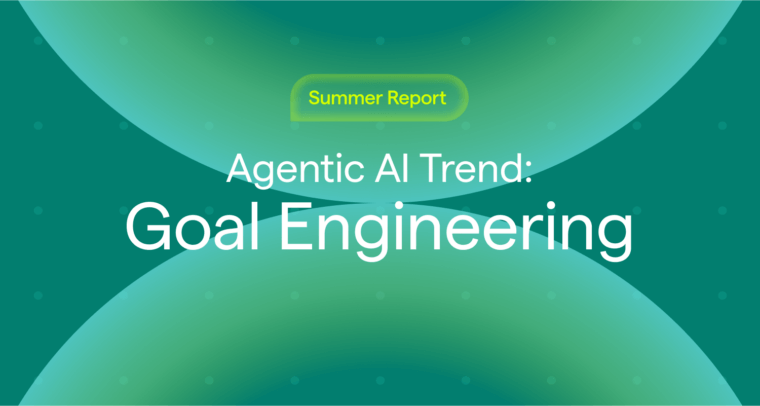
Most professionals today are still building fluency with generative AI. You’re experimenting with prompts, learning how to guide chatbots and assistants, and developing the foundational skills needed to collaborate with these systems effectively. Right now, prompt engineering is the most essential skill: refining inputs, layering context, and nudging chat-based tools toward better outputs. Prompting is the on-ramp to AI fluency—and a necessary first step. But prompting alone won’t prepare you for what’s next.
A new paradigm is emerging—one that goes beyond the chat window. As agentic AI becomes more capable of reasoning, planning, and acting on your behalf, the skills required to “drive them” will evolve.
The critical skill isn’t just writing prompts anymore—it’s designing expected outcomes. You’ll need to define clear goals, set expectations, and delegate tasks with guardrails to agents that can execute.
Welcome to the era of goal engineering.
Every IC is being promoted to a manager of AI agents
Agentic AI doesn’t require step-by-step instructions like a chatbot. It observes, reasons, makes decisions, and acts. But it still needs direction. Not prompts or line-by-line instructions, but clarity of intent. What are you trying to achieve? What constraints matter? What should the agent prioritize or ignore?
In the near future, companies that can achieve the human-spawning-agents multiplier effect will win their markets by brute force. They’ll literally overwhelm traditional companies in every way, from product development to go-to-market cadences.
- An individual contributor (IC) doing high-leverage creative and strategic work
- A manager of a virtual team of agents, delegating tasks, aligning intent, and reviewing outputs
But direction doesn’t mean micromanagement. That takes time savings off the scoreboard. Goal engineering is the skill that will help you frame what you need in a way that’s structured, adaptable, and scalable. It’s a durable skill that will evolve along with the technology. Because the challenge isn’t getting AI to suggest—it’s getting AI to deliver.
- A clearly stated goal. One that’s easy for an agent (and a human) to understand and act on in natural language. For example: “Goal: Increase content repository to support our customer success efforts. To do that, generate FAQ articles based on the top 10 support tickets from the last quarter.”
- A measurement system. This gives the agent a way to evaluate success. For instance, “Ensure they include responses for at least 90% of high-priority tickets and fit within a 1,000-word limit.” Metrics like coverage, accuracy thresholds, or time-to-completion give agents a way to self-assess and iterate.
- Rich context. Agents need access to the data, systems, and situational awareness that a human would naturally consider. That includes organizational knowledge (like brand tone and voice and persona messaging), real-time access to tools (like CRMs, ticketing platforms, analytics), and even historical decisions that help frame “why” this goal matters now. If the task is part of a larger goal, include conversational content from memos or call transcripts where it’s been shared, defined, and given timelines. This really helps agents with decision-making and counter suggestions to your assignments that could work even better.
- Guardrails and governance. Agents should operate within clear boundaries: legal, ethical, brand, or compliance-related. Goal instructions should include what not to do, what must be reviewed by a human, and how to proceed if confidence is low.
This skill will become your differentiator. Because expressing a goal well is much harder than it sounds. Many first-time managers struggle to articulate vision, set expectations, or provide clarity. If you’ve ever worked on a project and thought, “I’m not exactly sure where we are trying to go or exactly what success looks like when we get there,” you’ve seen the cost of that gap.
How to build your goal engineering muscle
You don’t need to wait for a fully agentic workflow to start developing this skill. In fact, the best time to learn it is now, when you still have time to experiment, reflect, and grow.
Here’s how to start:
- Define the “why” behind your workflows. Connect outputs to organizational goals, be they the company operating plan, departmental strategies, or programs you work on.
- Get specific with your asks. Practice turning vague ideas (“Make this better”) into structured goals (“Draft a professional response that highlights our unique value, aligns with brand tone, and fits under 150 words”).
- Break work into roles. Treat each agent like a teammate. What task would you give them? What context would they need? What expertise would they require, and where would they get it?
- Review like a manager. Don’t just accept or reject outputs—give feedback. What was off? What was helpful? How could your instructions have been clearer? Can you give them more leeway, based on their performance?
- Start small, then scale. Assign agents one task at a time. Then begin combining them—creating workflows that mirror real collaboration. Eventually, you can rely on them to deliver on entire processes, which will accelerate everything you are doing.
Remember: Goal engineering isn’t about perfection—it’s about clarity and intentionality. It’s about becoming the kind of manager-collaborator who gets the most out of your AI teammates. The more you practice, the sharper your skills get. Over time, you’ll spend less energy asking if AI can help and more time deciding how to use it strategically.
– Tim Sanders, VP of Research Insights at G2

